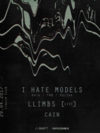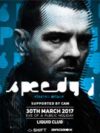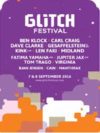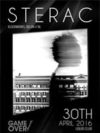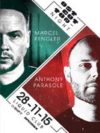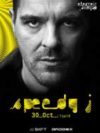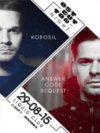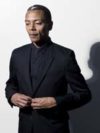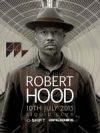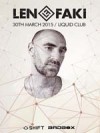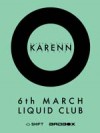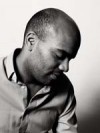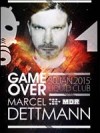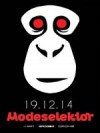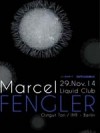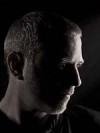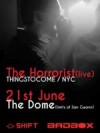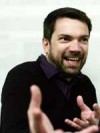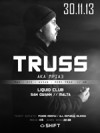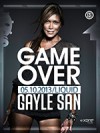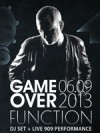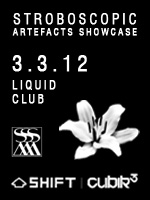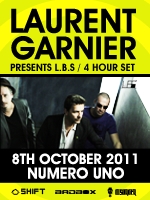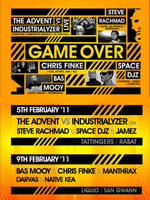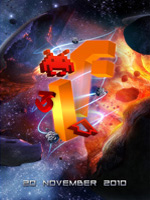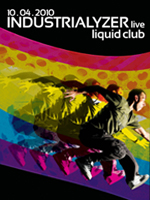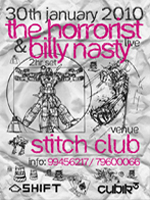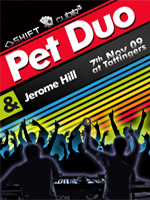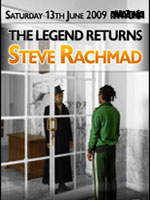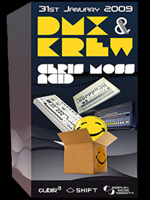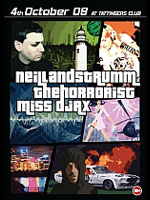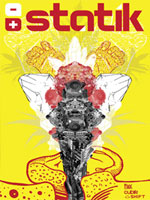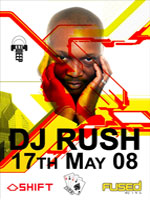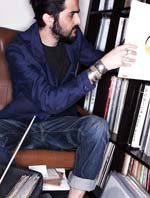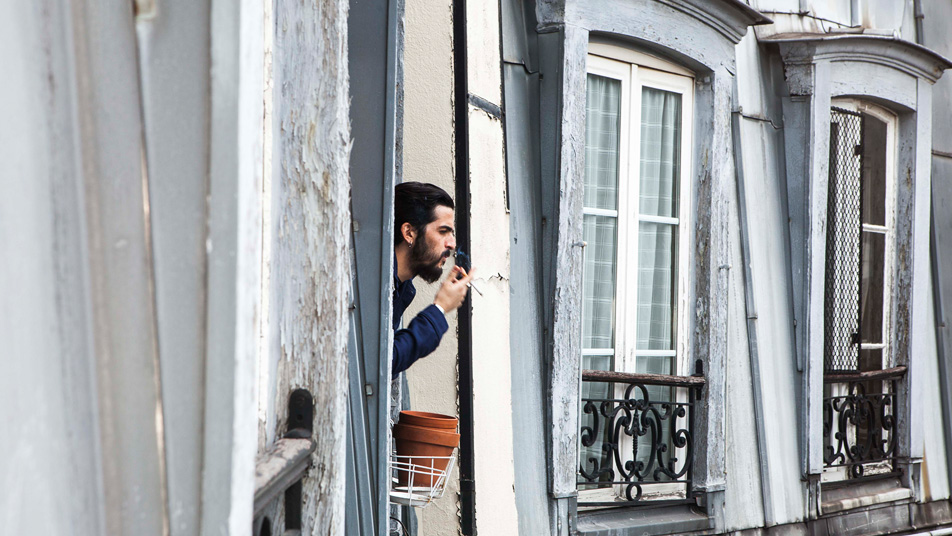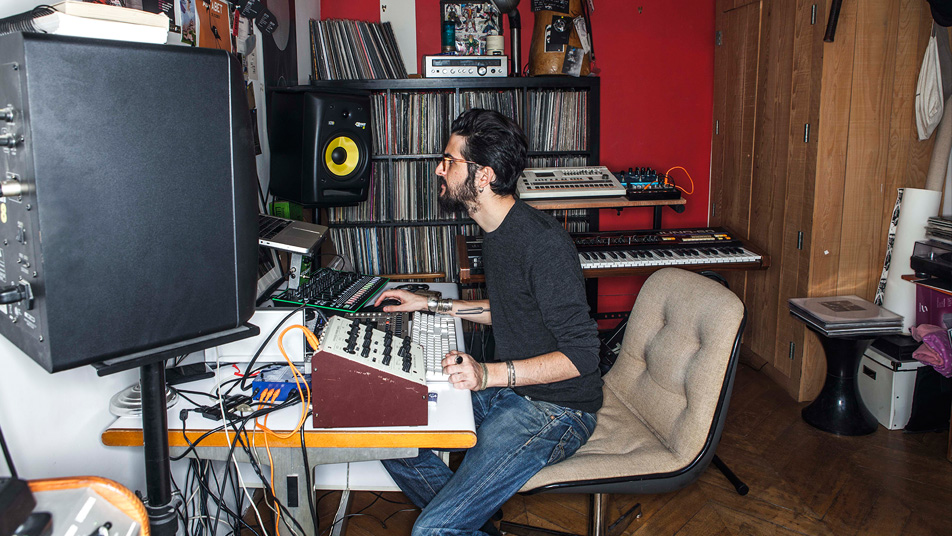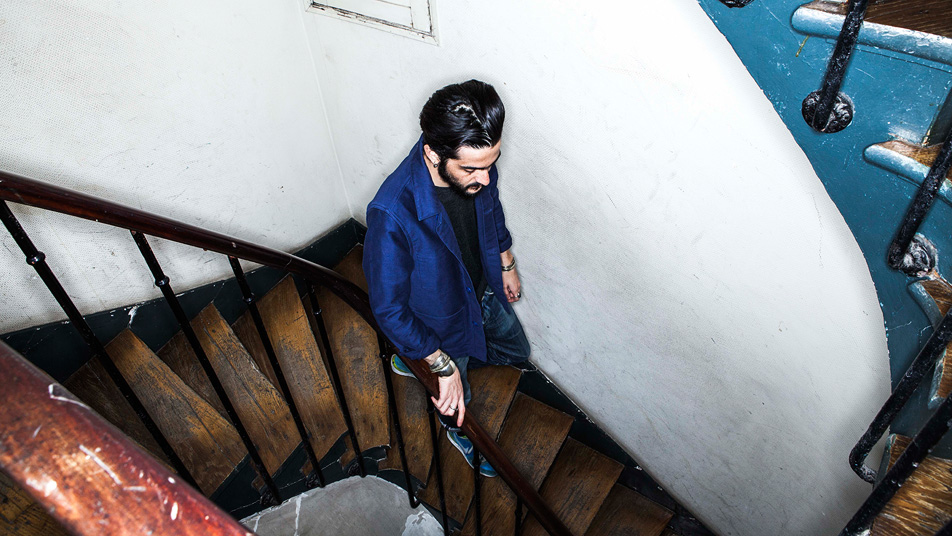This Parisian artist is at the vanguard of the city’s recently resurgent techno scene. Antoine Carbonnaux travels to the 10th arrondissement to hear his story.
The first time I met Antonin Jeanson, two years ago in a random bar in Paris, we had a friendly argument about some nerdy, insignificant music detail. At one point he ran out of the bar in search of phone signal to check Discogs. I hadn’t seen the Concrete resident DJ at the time, but The Astral Traveller, his dub techno EP on the party’s record label, had caught my ear. I left our late-night conversation thinking that Jeanson was so obsessed with records he could probably quote their bar codes.
For many, Antigone’s dreamy “Menace Of The Species,” which soundtracked the final minutes of RA’s Real Scenes: Paris film in 2012, felt like an unofficial anthem of the city’s burgeoning techno scene. The French capital went on to become one of the most exciting nightlife destinations in Europe, but Jeanson has since exported his sound far from Paris’s ring road, releasing music on international imprints like Indigo Aera, Children Of Tomorrow and, more recently, Token, where he seems to have found a home. He released a double EP, Cantor Dust, earlier in 2015, and is currently putting the final touches to another EP for the Belgian label later this year.
Sat in the kitchen of the family apartment where he still lives in the 10th arrondissement of Paris, Jeanson recalled the first vinyl he encountered, an orange 10-inch copy of Sonic Tourism’s Arti Dust passed to him by his godmother, Samira Arbia, a prominent figure on the Parisian scene at the time. “She was working at a record shop called BPM,” says Jeanson, who had been living in New York for four years with his father, a photographer. “In 1998, when I moved back to Paris, she took me with her on the truck she was spinning at during the first Techno Parade. That’s how I discovered electronic music, at the age of 8.”
This early experience profoundly affected Jeanson, who saw electronic music bringing people out to the streets in the same way France winning the World Cup did a few weeks before. Jeanson subsequently spent every visit to his godmother’s place digging through her collection, before eventually throwing all of his pocket money into records, indiscriminately buying Basic Channel or Bob Sinclar because he liked the cover art. “To be honest, I was first more a collector than a music addict. When I was younger, I had a huge collection of toys,” he smiles. “I would buy five to six records every month at the beginning, then I got a credit card with overdraft options, then a bartender job and so on.” Jeanson would spend 300 to 500 euros a month on records. Following the recommendations of Blaise, the owner of a music store called Bassline (where he was the youngest client), Jeanson bought records he sometimes didn’t even enjoy, like Basic Channel’s Cyrus, which he admits he didn’t understand at first, though it fed into his insatiable quest for music.
Some of Jeanson’s first musical loves were minimal-era producers like Mathew Jonson, Richie Hawtin and Ricardo Villalobos. “I was checking this interview of Ricardo where he mentioned people I had no idea about, like Steve Reich and Terry Riley,” he says, “I showed it to my father, who said, ‘You know that we have all these records at home?’ And that’s how I started to dig through Steve Reich’s music. I bought all of his music then.” The family record collection was also a source for Jeanson’s early experimentations with mixing. Using his Walkman, he would stack his father’s jazz records with the kick-drum intro of his dance vinyl, though he didn’t know anything about beatmatching and EQing at the time.
The son of a family friend showed Jeanson Propellerhead’s Reason, but his first brushes with the software were a nightmare. “A lot of people producing were using samples,” Jeanson explains, “but my friend would tell me not to, showing me instead how to produce my own sounds using synths. His point was that we had to be responsible for the full chain, and I’m thankful for his advice, even though it took at least two years to produce something I could call music.”
Skipping school to spend his afternoons at Bassline, Jeanson met Sylvain Peltier, who worked at Matos, a music gear shop. The two often discussed music and shared their finds with each other—like a track by an artist called Zadig that Jeanson discovered one day. “I really liked it so I went on his Myspace page and I saw he was French,” he says. “I immediately showed it to Sylvain, really proud of what I had found. I told him something like, ‘I found this French guy, he does amazing stuff, you need to hear it, his name is Zadig!’ It turned out that was him.”
20 years his senior, Peltier was a long-time member of the ’90s hardcore scene with a lot of strong connections in Paris. When the veteran DJ John Thomas retired and sold all his records, Jeanson snapped up some of the collection with Peltier’s guidance. This coincided with Jeanson’s growing interest in techno. As he built his knowledge, Jeanson also handed Peltier some of his early productions. “When you’re a young producer, you are full of doubts,” Jeanson says. “Sylvain helped me a lot. He encouraged me and gave me a ton of tips. I learned from him how to let a loop evolve in a track for instance. Before that, I always feared my music was too repetitive.”
In 2006 many young Parisians were into the “baby rocker” scene, before the Ed Banger sound became prevalent, trends Jeanson didn’t connect with. “The DJ culture wasn’t what it is today. My friends couldn’t understand why I’d like to DJ. They wouldn’t even listen to the music I bought or made myself. On the rare occasion I would try to convince them to go in a club, they would look at me weirdly and we would end up all the time at the same dive bar in Pigalle.”
Paris’s club scene was in bad shape at the time. With the exception of Nouveau Casino, where Jeason occasionally snuck in, there were few options, a problem that was compounded by strict door policies and a widespread VIP culture throughout the city. Now famous articles in The New York Times and Le Monde declared the death of Parisian nightlife.
With nowhere to cut his teeth as a DJ, Jeanson focused on production. “For some reason, I felt depressed and I cloistered myself into my room for about a year,” he says. “I had nothing to do except music, which was the only thing I would enjoy a bit.” As his production skills got better, Peltier offered Jeanson a release on a label he had just launched, Construct Re-Form. “When I listen back to Forbidden Works, I understand why it is so dark and how I came to make this music,” he says. “Same thing with “Menace Of The Species” on the Concrete EP. I did it when I finally recovered. I wouldn’t say it’s happy, but the track has something more bright, more contemplative in it. That’s exactly how I felt at that precise moment.”
Jeanson was invited to play a party organized by Phonographe Corp, a webzine one of his childhood friends had recently cofounded. It was Jeanson’s first gig in public. “I was so stressed before it,” he says. “But it went so well that I really enjoyed it, even though there were less than 50 people in the bar.” Two weeks later, one of the webzine’s founders randomly met Brice Coudert, one of the key organizers of Concrete, then a new Sunday boat party in Paris. Jeanson’s name came up in conversation, and Coudert called him that same night, before stopping by the Japanese restaurant where Jeanson was bartending a few days later. “We discussed music for a while, we shared a lot of tastes in common,” Jeanson says. “Brice invited me to play at Concrete the following Sunday. When I arrived on the boat, he told me, ‘It’s your job interview today, don’t miss your chance.'”
“I got so nervous. That was the first time I was playing on a proper soundsystem, everything sounded so different, I basically rediscovered all my records,” Jeanson says. In the end he became a resident, which gave him the chance to develop as a DJ. “When I started DJing, it was more like, ‘I got this fucking great record and another fucking great record, let’s play them together,'” he recalls. “DJing goes beyond beatmatching tracks, it’s about building an atmosphere and telling a story. That’s something you can only learn by practicing in real-time situations. It takes time, and I’m still learning.”
Having released four EPs, Jeanson wanted more than his monthly slot at Concrete, and considered moving to Berlin. Compared to Paris, the German capital’s thriving scene appealed to Jeanson, but he didn’t take the plunge. “I saw some producers moving there and doing nothing except partying all the time. That wasn’t what I was interested in. I also had strong ties in Paris through my Construct Re-Form and Concrete families. After two years, I guess we all realized something more than a simple trend was happening here.”
Eventually, through the work of a new generation of Parisian promoters who made exciting bookings in new and unusual locations, Paris’s nightlife was reinvigorated. With every weekend offering more events than the previous one, this renewal gave rise to a larger and younger audience, eager for the type of lifestyle depicted in Paul Kalkbrenner’s Berlin Calling film, which was a hit among French teenagers. But Jeanson says that he and his peers weren’t necessarily equipped for their newfound success. “I don’t think any of us among the residents at Concrete had a career plan when we started,” Jeanson says. “We were just happy to have somewhere to play, especially when more and more people came to see us. I guess at some point we put ourselves in this position where we were waiting too much for people to come to us, instead of promoting ourselves outside our circles.”
Jeanson and his Concrete peers began to take the music industry outside of Paris more seriously, learning the ins and outs of the wider scene. “We were proud to be out of the system,” he says, “but also a bit naïve: just putting out a record without promotion wouldn’t get us played or booked.” It’s possible to detect a desire for recognition in Jeanson’s more dance floor-leaning Cantor Dust EP, which was released earlier this year on Token Records. “I didn’t make a Token-like EP upon request, but when Kr!z asked me for demos, my sound was moving towards the label’s aesthetics, which I have always been a fan of, so it was just a happy coincidence he contacted me.”
Jeanson’s DJing has also influenced his sound. “I wasn’t DJing at all when I did my first productions,” he says. “I guess I unconsciously wanted to be able to play my track during my sets.” Influenced by acts like Abdulla Rashim, Sandwell District and Voices From The Lake, Jeanson has started to refine his sound, focusing on details and textures, sometimes working with a single note pushed trough various delays to get a trancey melody à la Daniel Lopatin.
“I don’t know if there is a French sound today,” Jeanson says. “Unlike Berghain, Concrete isn’t associated with a particular aesthetic. We’re all doing our own thing. That’s also what’s different from the past I think. I wasn’t there, but from the stories I’ve heard at the records shop, the French scene seemed to be very divided back in the day. People into techno weren’t talking with house people, and vice versa. But with the BPM in techno slowing down and getting closer to house, I guess everyone became interested in each other’s music.”
Jeanson is remaining realistic about the future of the French scene and the public’s enthusiasm for techno. “Paris won’t ever be Berlin, and that’s great. I hope this energy will stay for a while.” He pauses. “At least we finally got rid of the French Touch.”
Source: RA
Words: Antoine Carbonnaux





